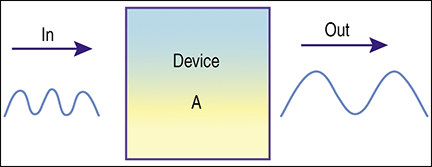QUANTITATIVE ANALYSIS
Analyze The Future
The Market Instrument Function
Can you really determine future price movement? This unique method tries to do just that by analyzing collective patterns that form in a market.
Financial market analysts often attempt to predict the behavior of a specific financial asset and provide recommendations for investors. But for practical reasons, the prediction horizon is frequently limited to several months, if at all. As a result, although the current price levels may be well understood, how that financial asset achieves a level may never be mentioned.
In forecasts prepared by analysts, oftentimes the data on the price chart corresponding to the last trading day is missing. We offer an approach that allows you to calculate this missing data with a prediction horizon that varies from three to nine years, depending on the security.
Modern technical analysis may only be able to advise you on what should be done at a specific point for a given day or hour, but it doesn’t say much about the general future behavior of an asset. Accordingly, trading systems are intrinsically probabilistic, based upon similar principles. This allows us to analyze the trading systems instead of a financial market, which does not help us to establish collective patterns of future behavior for prices.
Main tasks
Consider one of the possible models of a marketplace based on these criteria:
- At any given time, any market asset is characterized by its price level and the way this level has been reached. The asset can be described by a graph showing all the price changes.
- The set of laws affecting price formation can be separated into an isolated unit. Graphically, this can be represented by a device that generates its current price using its own inner laws.
At any given time, we have a history of price changes as an input, with device A (Figure 1) converting it into an output signal, helping to determine a future price trend.

Figure 1: the basic model. At any given time, the history of price changes is the input, and device A converts this input into an output signal, which helps to determine a future price trend.